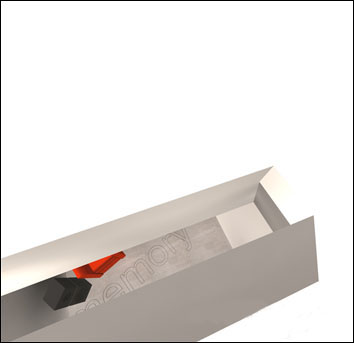"Flâneur" is a French word. A flâneur is a detached pedestrian observer of a metropolis, a 'gentleman stroller of city streets', first identified by Charles Baudelaire. The word has no exact equivalent in English. The concept of the flâneur is important in the work of Walter Benjamin, is important in academic discussions of the phenomenon of modernity, and has become meaningful in architecture and urban planning.
Around 1850, Baudelaire began asserting that traditional art was inadequate for the new dynamic complications of modern life. Social and economic changes brought by industrialization demanded that the artist immerse himself in the metropolis and become, in Baudelaire's phrase, 'a botanist of the sidewalk', an analytical connoisseur of the urban fabric. Because he coined the word about Parisians, the 'flâneur' (the one who strolls) and the 'flânerie' (the stroll) are associated with Paris and the kind of pedestrian environment which accommodates leisurely exploration.The Flâneur is typically well aware of his slow, leisurely behaviour and had been known to exemplify this state of being by walking turtles on leashes down the streets of Paris [1].
Walter Benjamin adopted this concept of the urban observer both as an analytical tool and as a lifestyle. From his Marxist standpoint Benjamin describes the flâneur as a product of modern life and the Industrial Revolution, unprecedented in history and definitely of a certain social class, parallel to the advent of the tourist. His flâneur is an uninvolved but highly perceptive bourgeoisArcades Project dilettante. Benjamin became his own prime example, gathering his social and aesthetic observations from long walks through Paris. Even the title of his unfinished comes from his affection for covered shopping streets.
In the context of current architecture and urban planning, designing for flâneurs is one way to approach issues of the psychological aspects of the built environment. Architect Jon Jerde, for instance, designed his Horton Plaza and Universal CityWalk projects around the idea of providing surprises, distractions, and sequences of events for pedestrians.
source: Wikipedia
![The Flâneur [A Trip with Emily]](http://bp2.blogger.com/_0MwDu54mbEs/R8B0Q7qBc5I/AAAAAAAAAoo/OvgVvh9CFqA/S660/UrbanMemories-smaller2+copy.jpg)

No comments:
Post a Comment